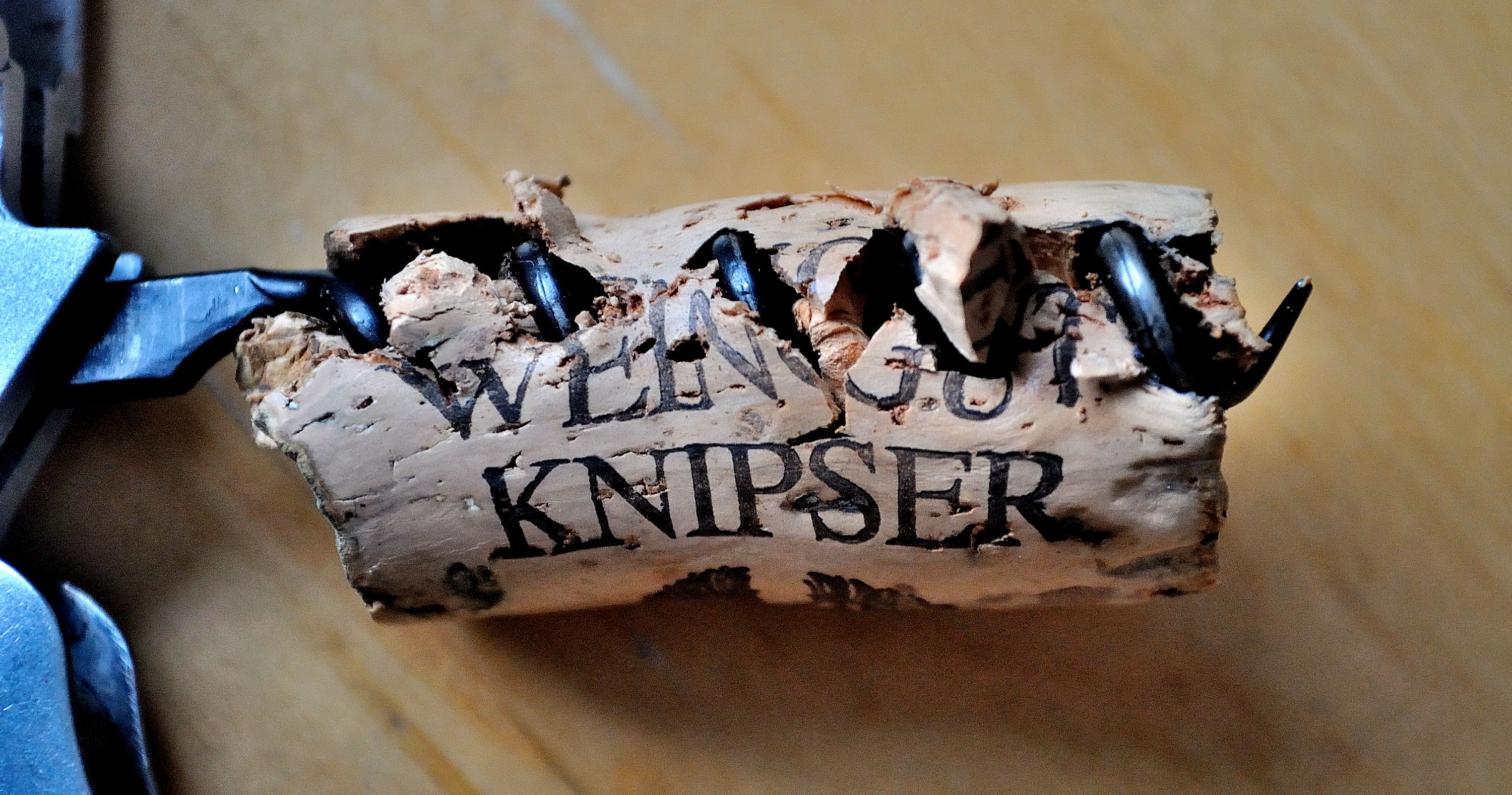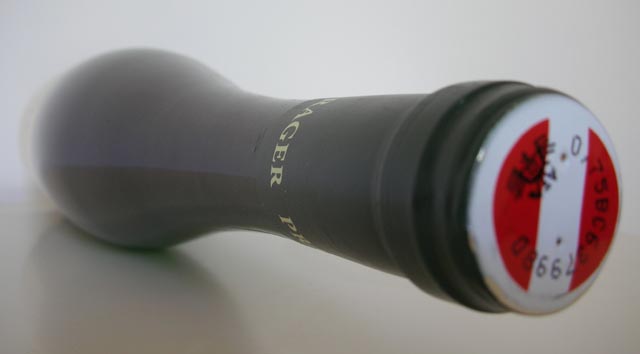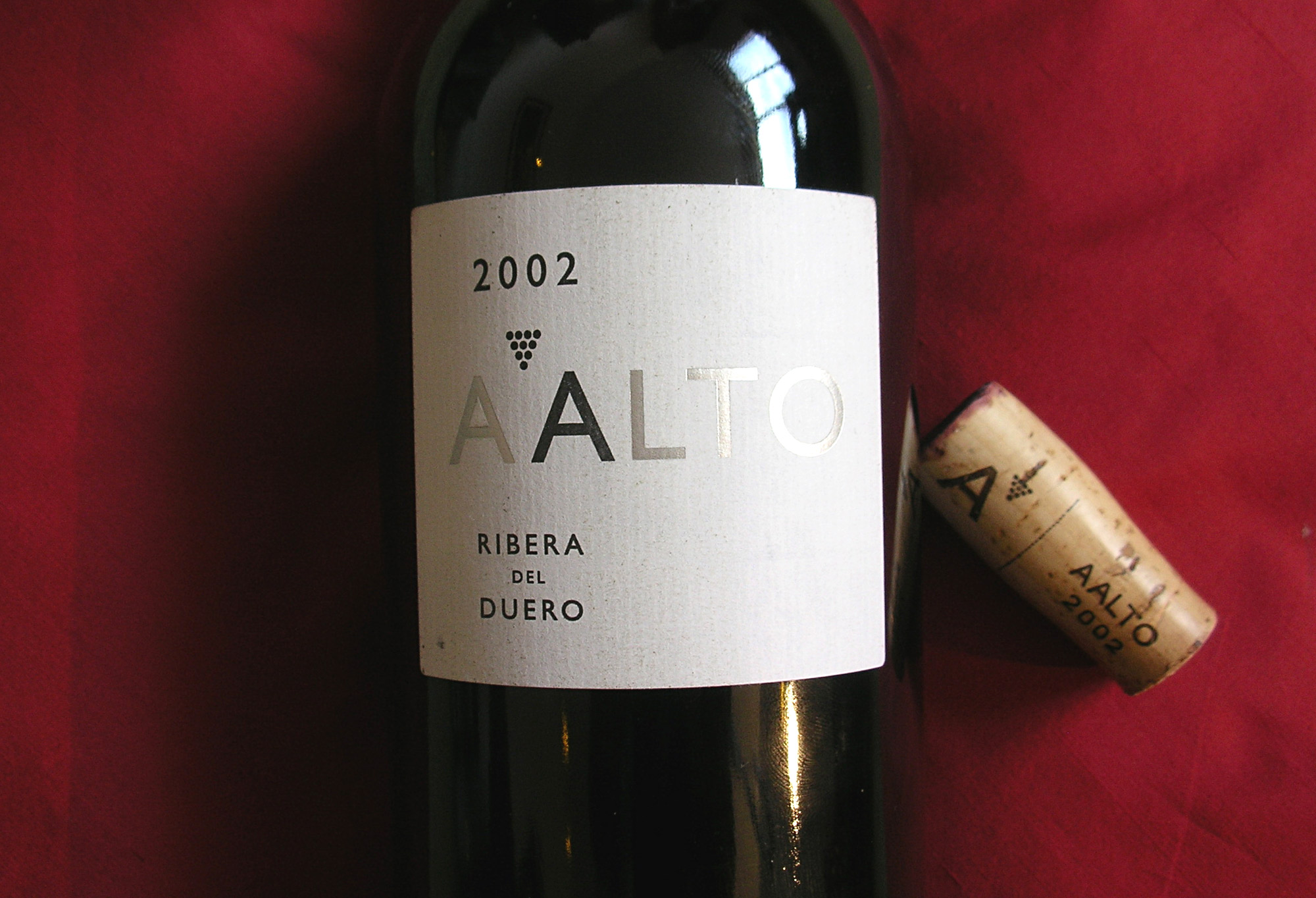Cono Sur, Pinot Noir, 2009
Recently, I have had a lot of cheap, in fact very cheap supermarket wine. As this experience wasn't always enjoyable, I set out to find an affordable wine available on the mass market that I could like, to show it can be done. Remembering some pleasant encounters with wines from the Chilean Cono Sur estate, I grabbed a bottle of their Pinot Noir, sold at £6.49. What can you expect from such a wine?
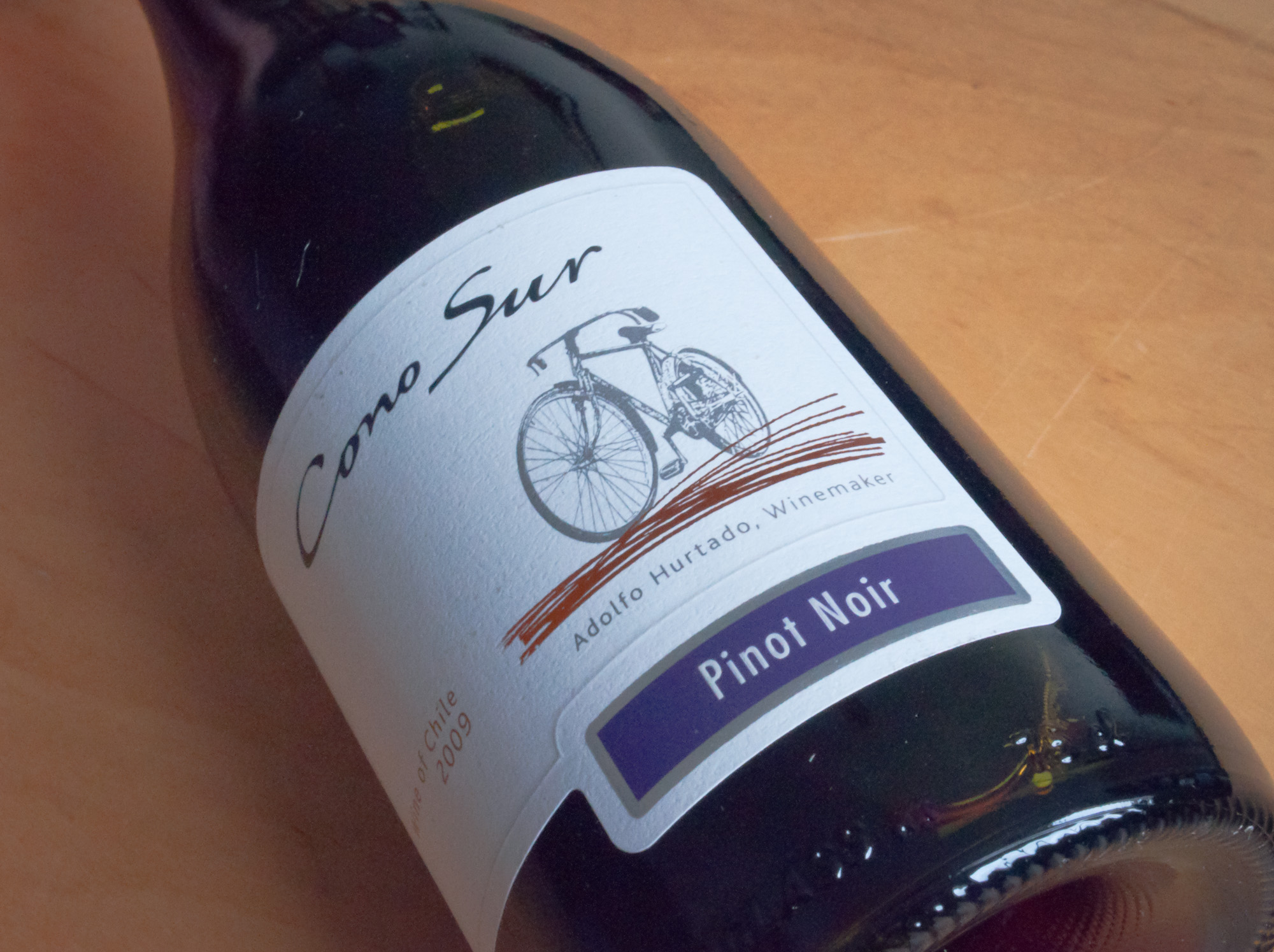
Making good Pinot Noir is not cheap, and if you consider taxes and duties in the UK this is a very low price. Certainly the cheapest I remember seeing around for a while.

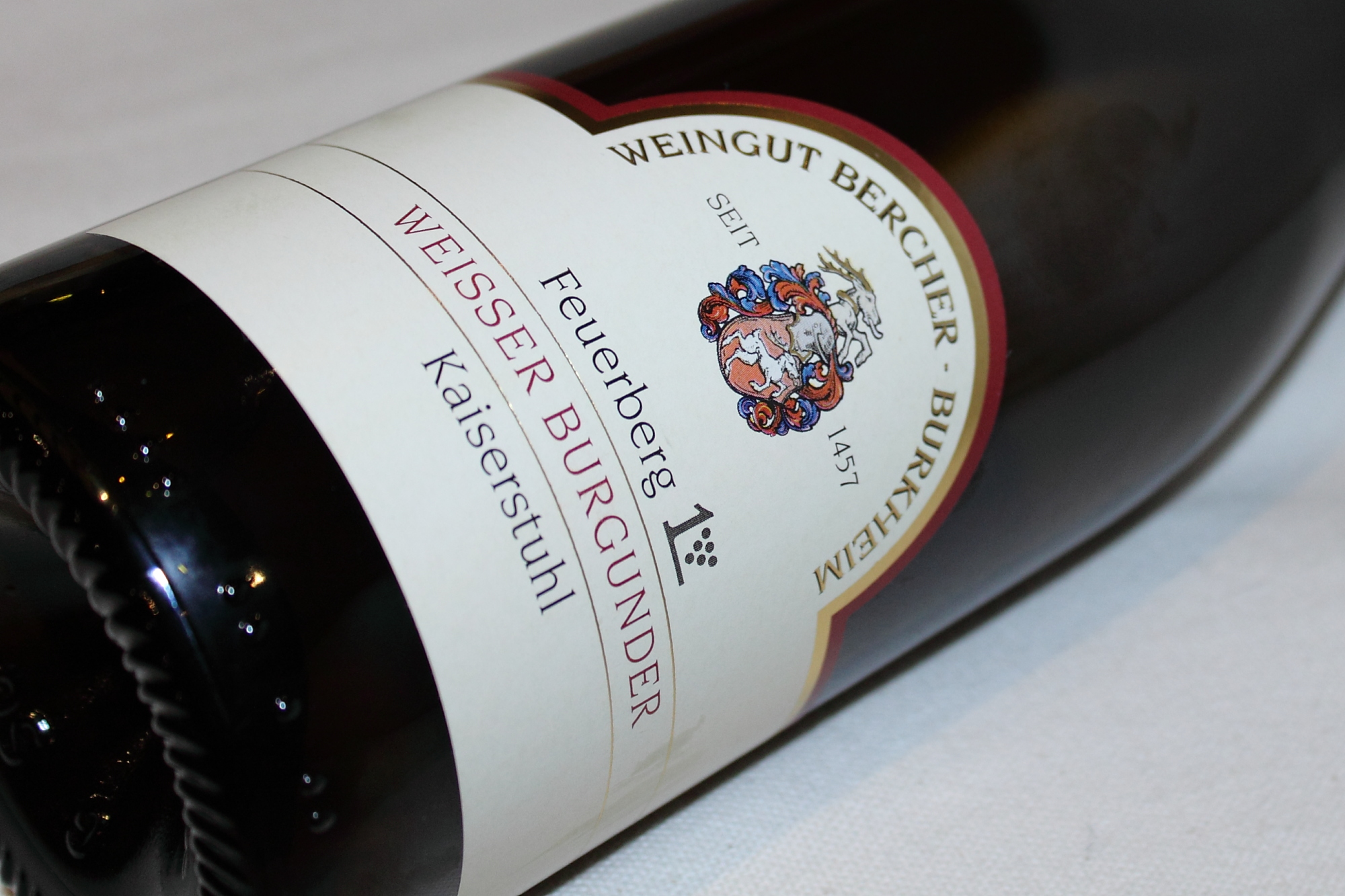

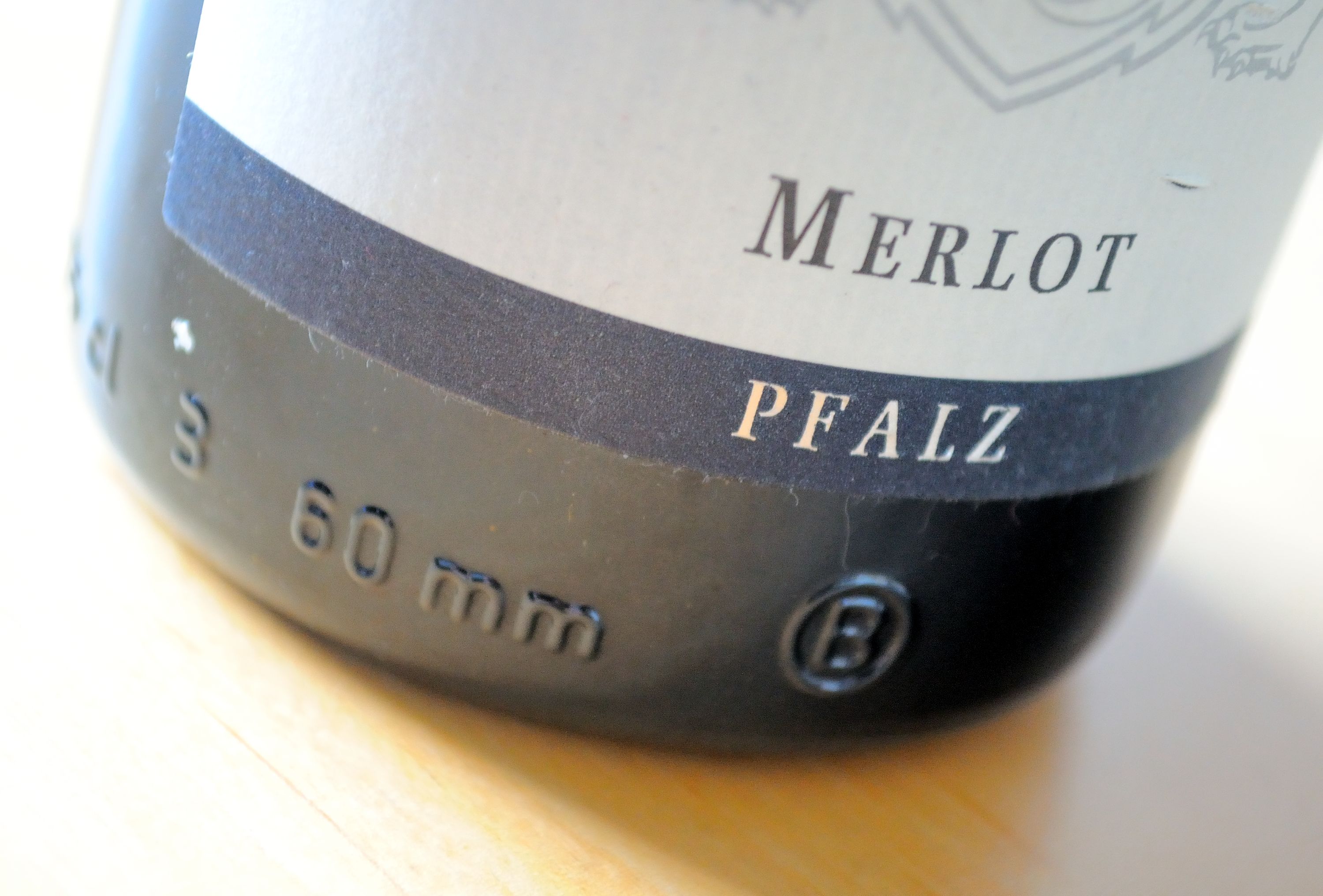 Philipp Kuhn is one of those German winemakers who confidently cover what seems like the whole spectrum of wine, from Riesling to Pinot Blanc, Sauvignon Blanc, Chardonnay, Muscat, Viognier, Pinot Noir, St. Laurent, Lemberger, a few others - and Merlot.
Philipp Kuhn is one of those German winemakers who confidently cover what seems like the whole spectrum of wine, from Riesling to Pinot Blanc, Sauvignon Blanc, Chardonnay, Muscat, Viognier, Pinot Noir, St. Laurent, Lemberger, a few others - and Merlot. 